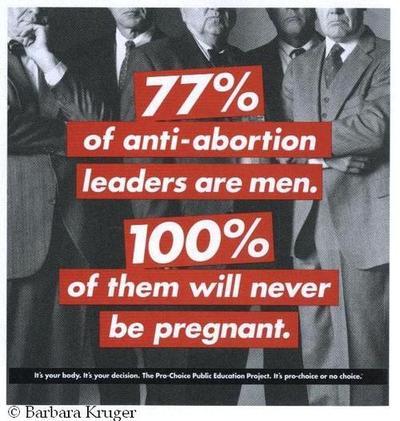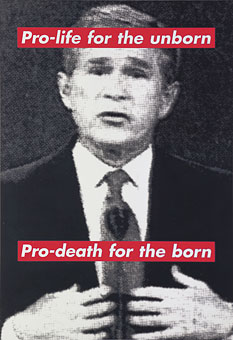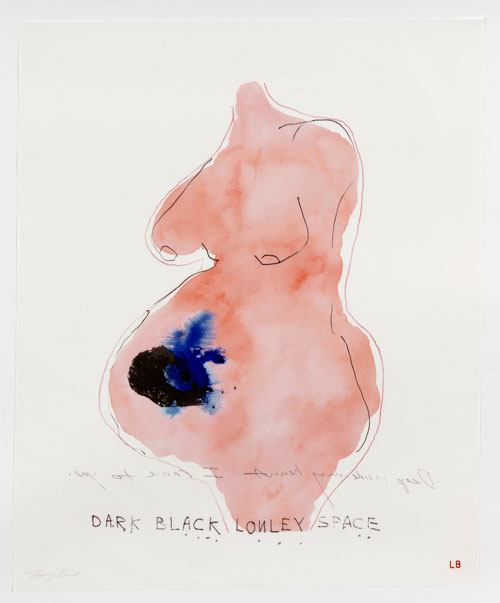Caitlin
Albritton
Life
Drawing
The Paradox of Pro-life / Anti-welfare
I
went through many ideas and themes before coming to this one. While the topic
of abortion is fortunately not one I’ve had personal experience with, it is one
I feel passionate about as I see it as a feminist issue. I am also concerned
with issues regarding people living in poverty, and those who work full time
and still aren’t making a livable, minimum wage. I chose to articulate both of
these issues by bringing attention to those who are both pro-life and anti-welfare.
Insisting
that abortion is immoral, and should be illegal, appears harsh to me in its own
right. But when it is paired with the desire to cut or limit government aid to
support the child that comes from it, it seems heartless and cruel. I get the
sense that some of the people who think like this feel the woman is in the
wrong for doing the actions that led to the unwanted pregnancy, and see the
results as a natural punishment. They don’t want to pay the price for another
woman’s mistake. There is this judgmental separation between the woman who
needs an abortion and the other who won’t support her in having it. That the
woman who is pregnant is careless, or indulgent, that the other woman is far
above making mistakes like this. A person who thinks this way must think that the
pregnant woman’s situation is unlike one that she’ll ever be stuck in. That
haughty, better-than-you thinking is what really frustrates me. The
unwillingness to accept that we are all people, we all make mistakes and
sometimes we all need help, is a very small and limited way of thinking.
I
chose to represent this paradox by tattooing the words, “ you care enough about
my child to see that it has life, but not enough to see that it’s a good one,”
across the swollen bellies and bodies of three faceless women. It was important
to me that they were faceless so that the bodies would represent women as a
whole, and so as not to individualize any of them. I also chose to end the
bodies ambiguously above the knee, so that the bodies seemed less grounded.
This gives the effect of being less human and more metaphorical, symbolic. I’ve
seen many political cartoons calling attention to the fact that certain people
seem so invested in these women’s lives, and their baby’s life, until it is
born. Once the mother and child are struggling together in the world, they are
met with judgment and derision for being in their position rather than aid and
support that they may desperately need. How can a person care so much that a
pregnancy is carried to term, only to see that the family now suffers, and be
unwilling to help? If people really cared about the life of the child, they
should care for more than the first 9 months of it, and provide support for the
family if in need.
This
piece is much more politically aggressive than I am used to making. Unlike
other topics, abortion is one I feel I’ve done a fair amount of research on and
can argue knowledgably. Though I had other ideas that may have conveyed the
message more successfully, I am happy with this one because I find it more engaging
aesthetically, and the meaning is still clear.
Barbara Kruger
State of California's Abortion and Welfare laws
Nancy Spero
Louise Bourgeois
Tracey Emin










No comments:
Post a Comment